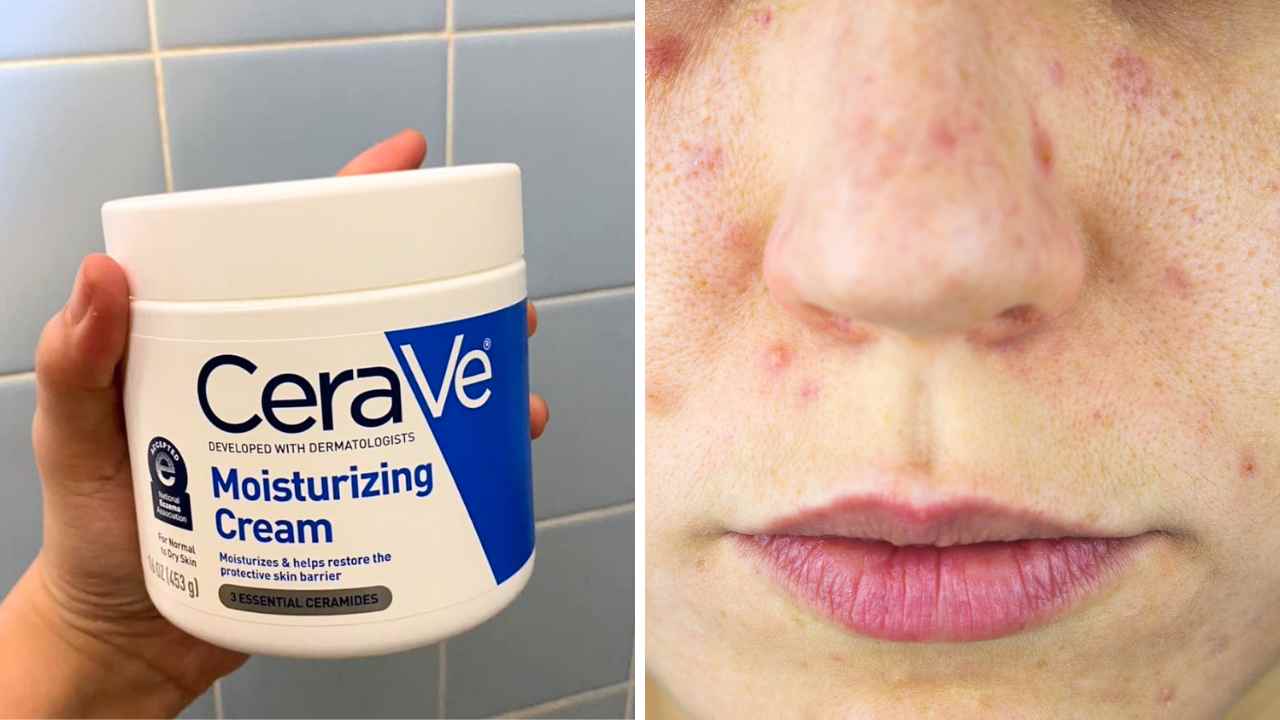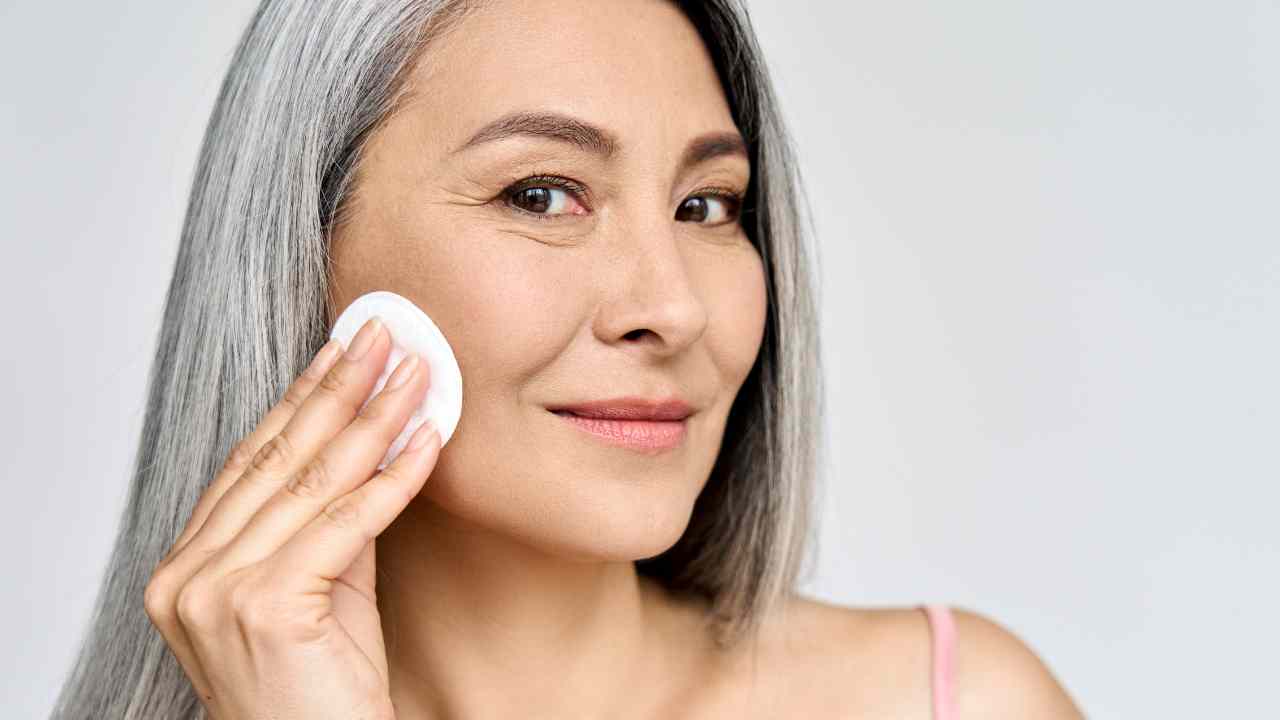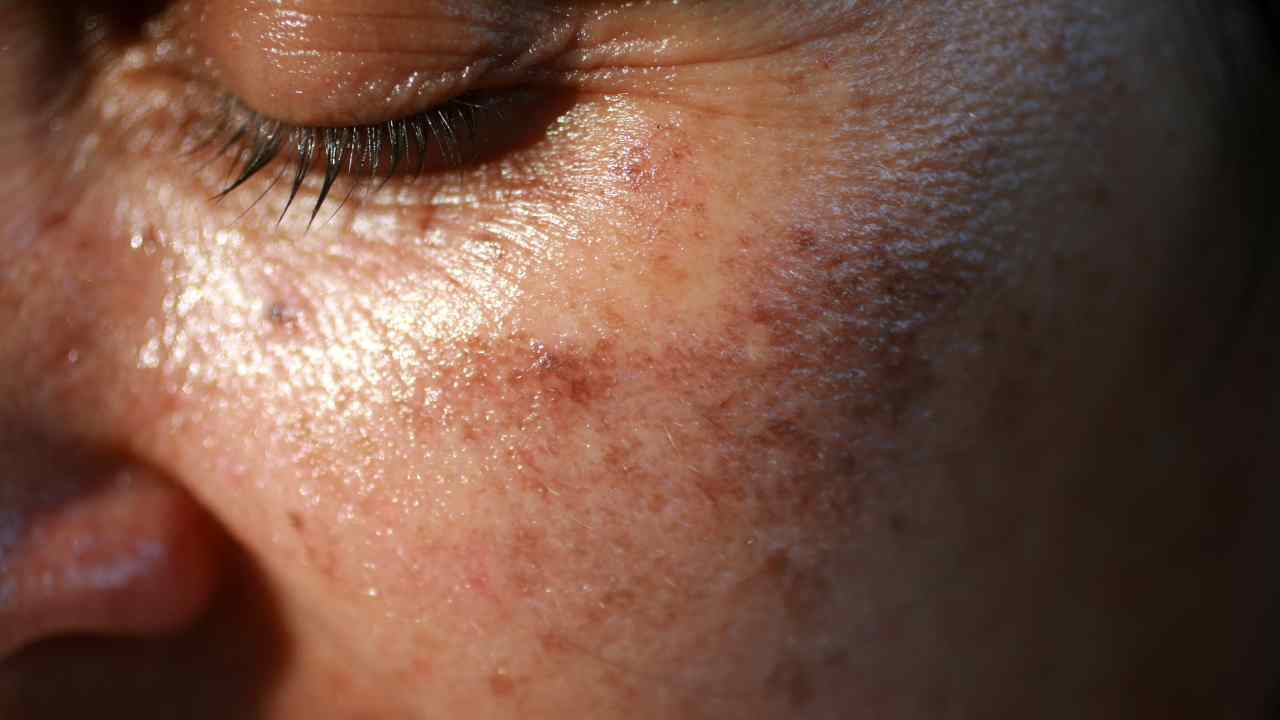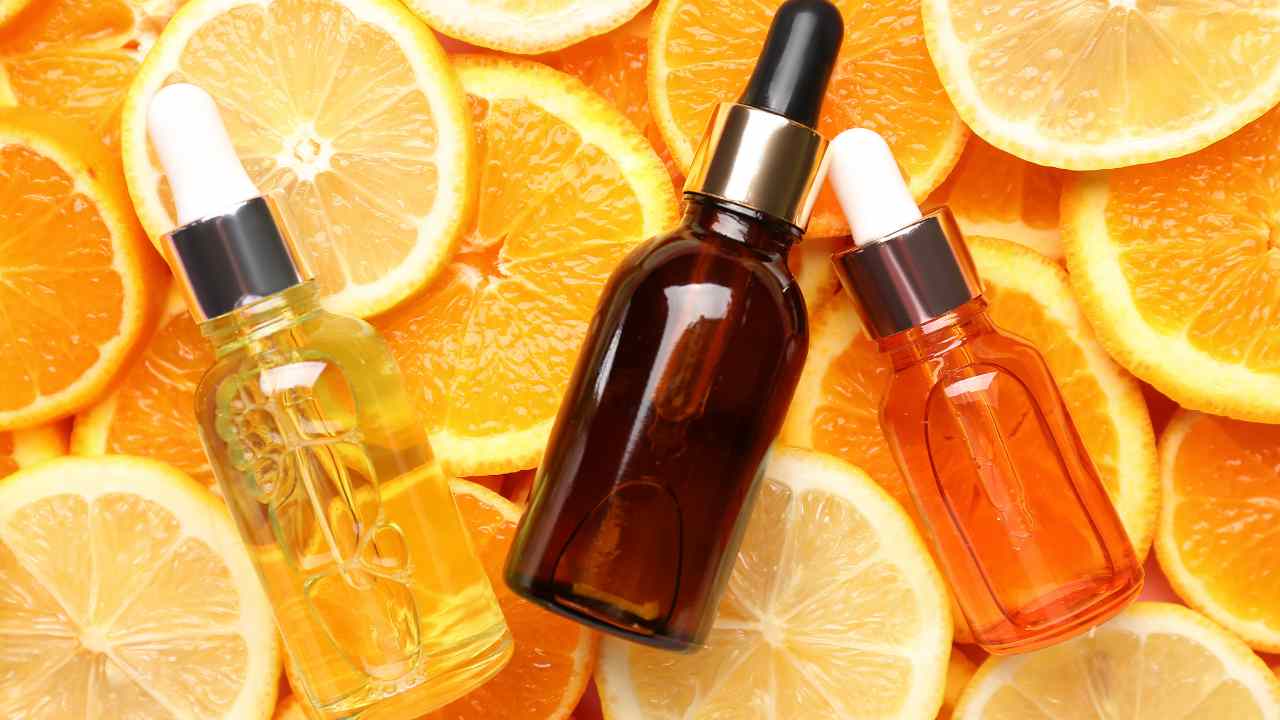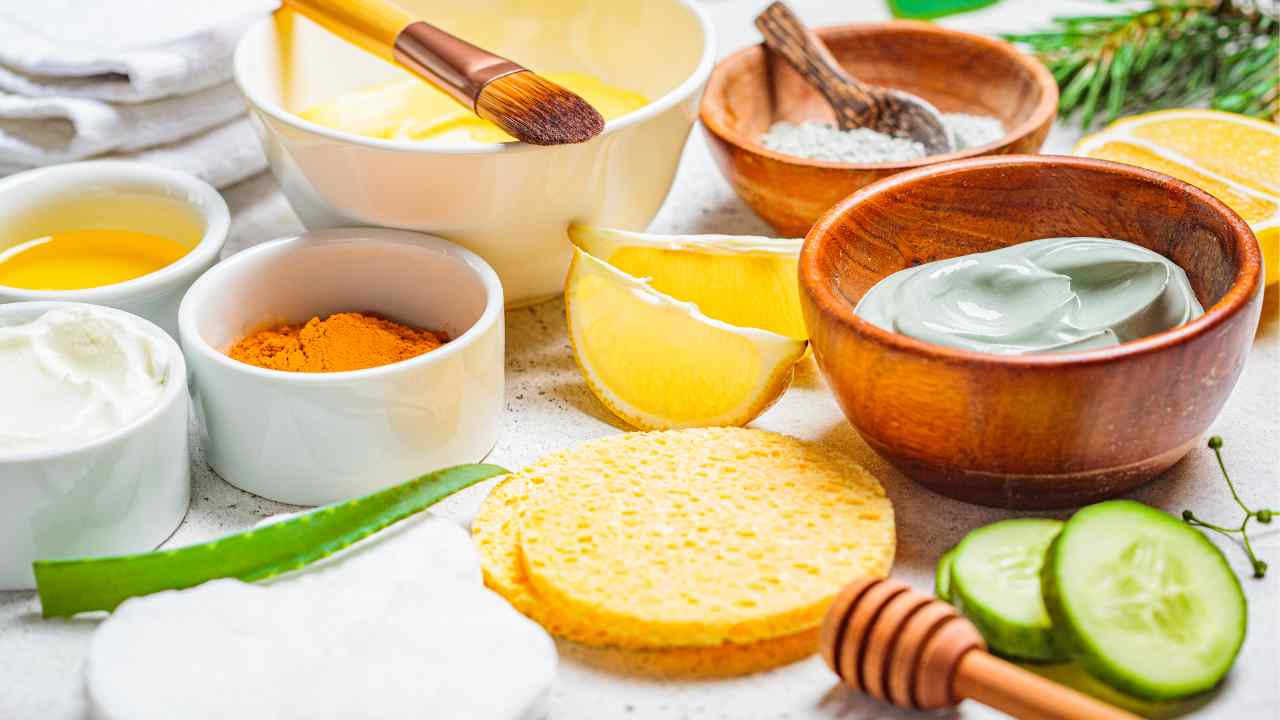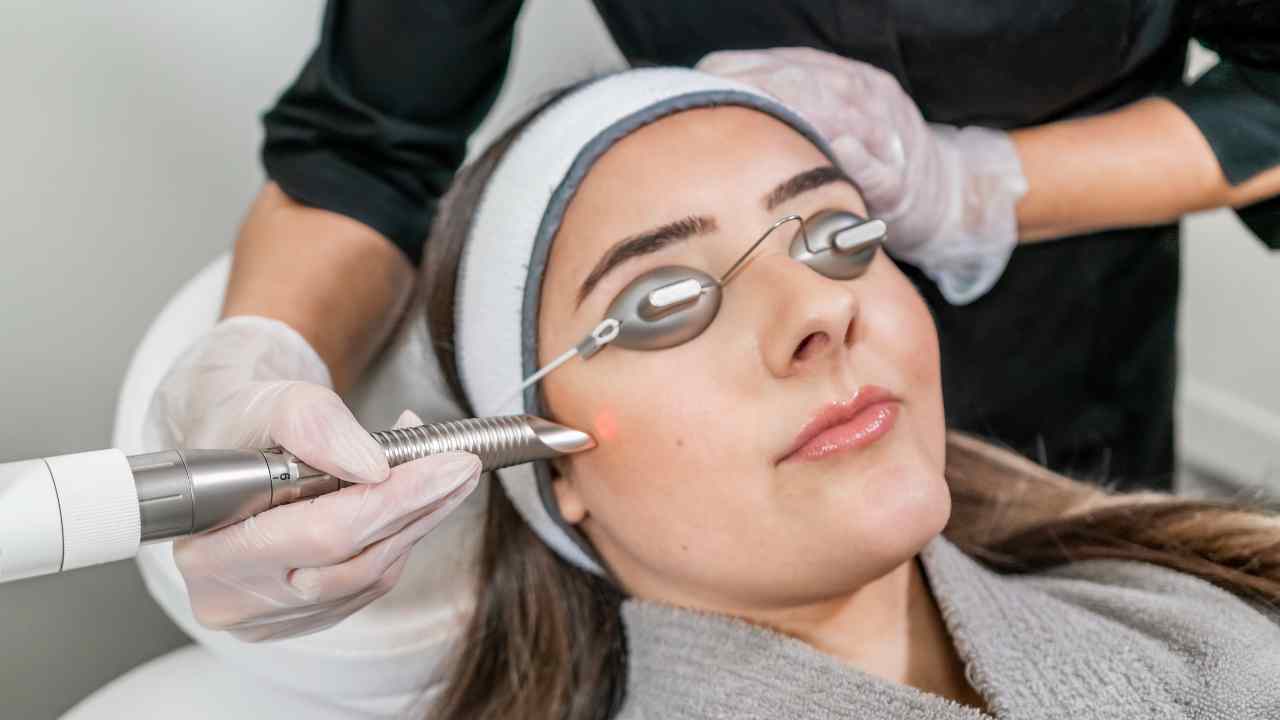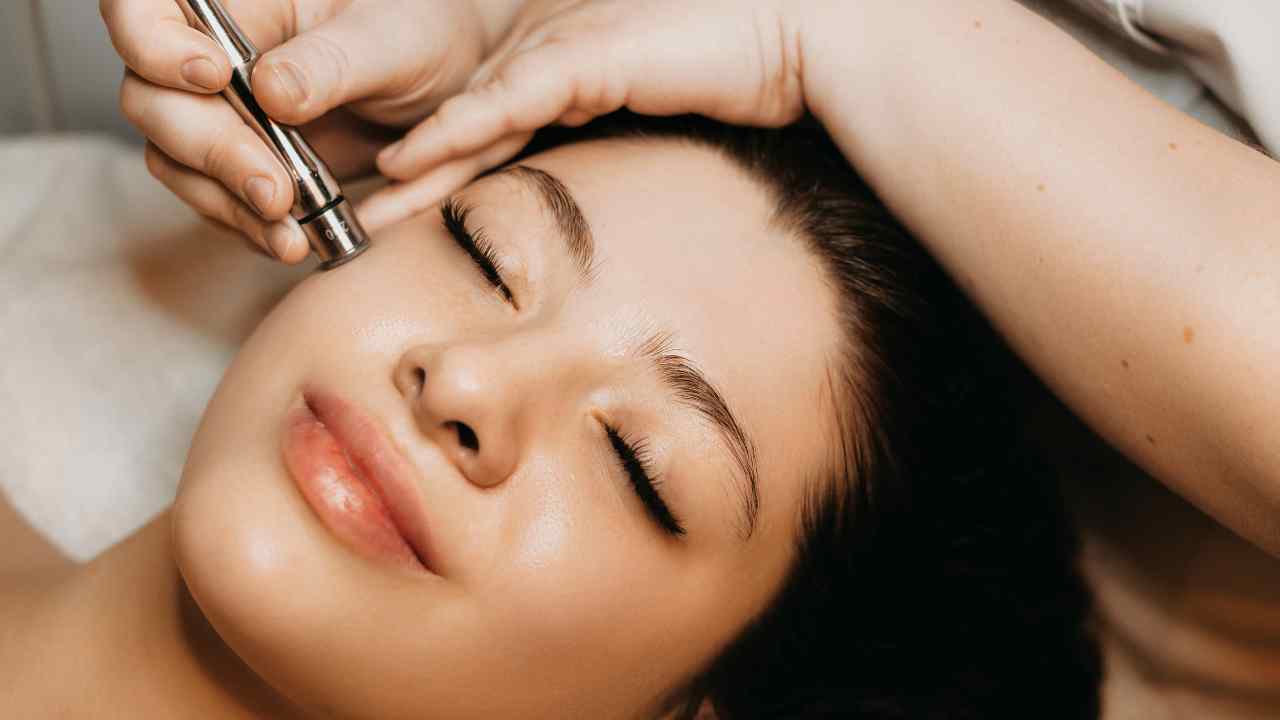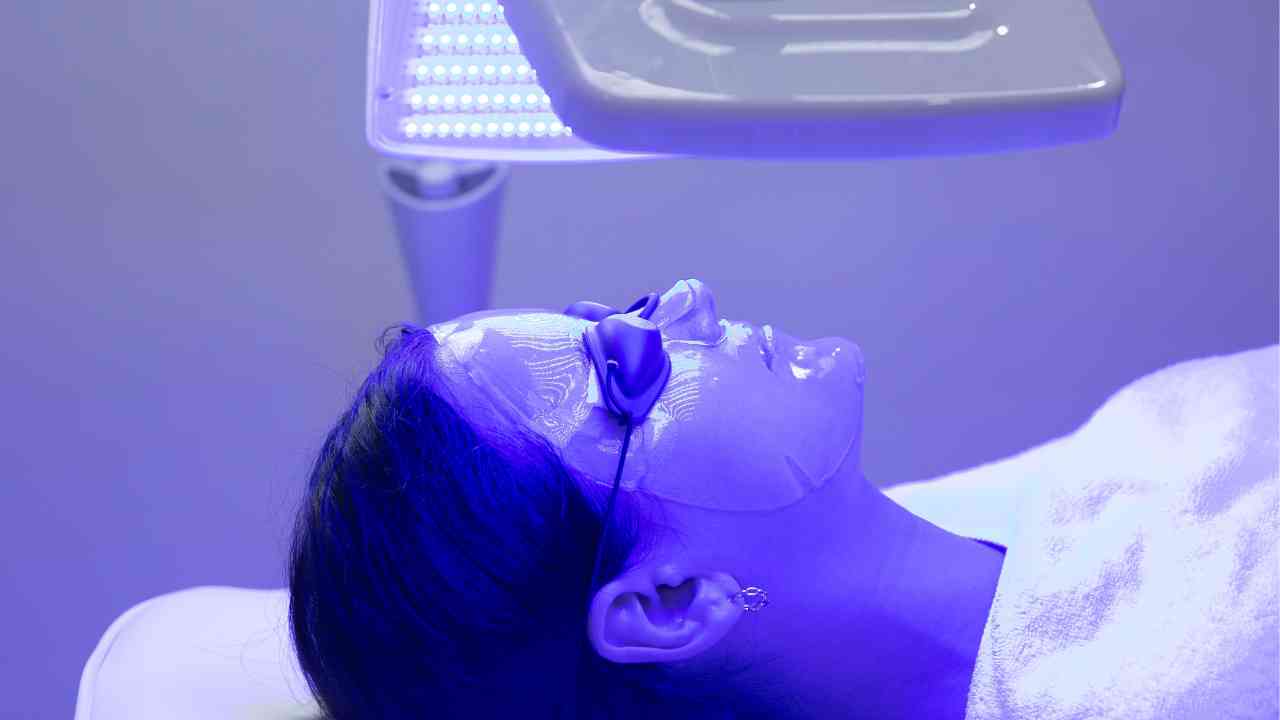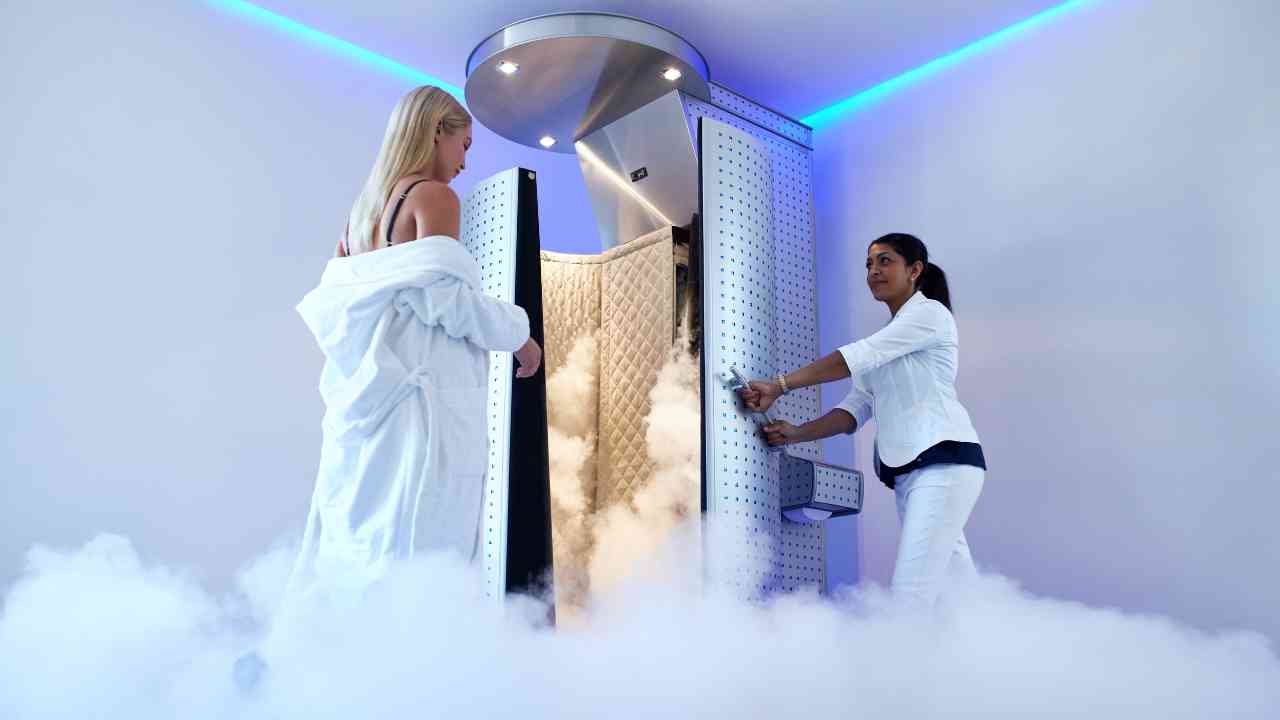
The Great Purge Debate: Does Azelaic Acid Cause Purging?
Welcome, skincare enthusiasts, to a journey of discovery! Azelaic acid has taken the beauty world by storm, but like any rising star, it comes with its fair share of questions. One that's been swirling around the skincare universe is this: Does azelaic acid cause purging?
Today, we're debunking this skincare myth and uncovering the truth behind this enchanting acid. Get ready to embark on a quest for clarity, dear readers, as we delve into the realm of skincare magic and separate fact from fiction!
What is Azelaic Acid?
Before we reveal the answer to the purging mystery, let's take a moment to understand what makes azelaic acid so enchanting.
Azelaic acid is awesome stuff! It's a naturally-occurring dicarboxylic acid that has been used in skincare and medical treatments for decades.
It's incredibly versatile, with the ability to work as both an antibacterial and anti-inflammatory agent in oily skin, acne prone skin or for those with rosacea. In addition, it also helps to reduce redness and acne scars.
Here's what makes this ingredient so special: first off, it's perfect for sensitive skin because of its low potential for skin irritation or allergic reactions.
Plus, unlike other active ingredients such as salicylic acid or benzoyl peroxide – which need time to build up within your skin before they start working their magic – azelaic acid works more quickly than those alternatives. So no waiting around - get ready to see results fast!
On top of all that goodness, azelaic acid also offers some excellent antioxidant protection from free radicals in the environment.
This helps protect your skin from sun damage while promoting even tone and texture by reducing pigmentation problems like age spots or melasma (which can cause splotchy patches on cheeks).
Lastly, due to its soothing properties it’s great for calming down any flare ups when used regularly - making it a must have in any skincare routine!
What is Skin Purging?
Now, to the heart of the matter - purging. The purging process happens when certain skincare ingredients can cause a temporary flare-up of acne breakouts before your skin starts to improve.
When skincare products have an exfoliating effect, they may cause an initial breakout before they actually improve your skin. This is called skin purging.
It's sort of a waiting period before the magic happens. But does azelaic acid fall under this category? Let's find out!
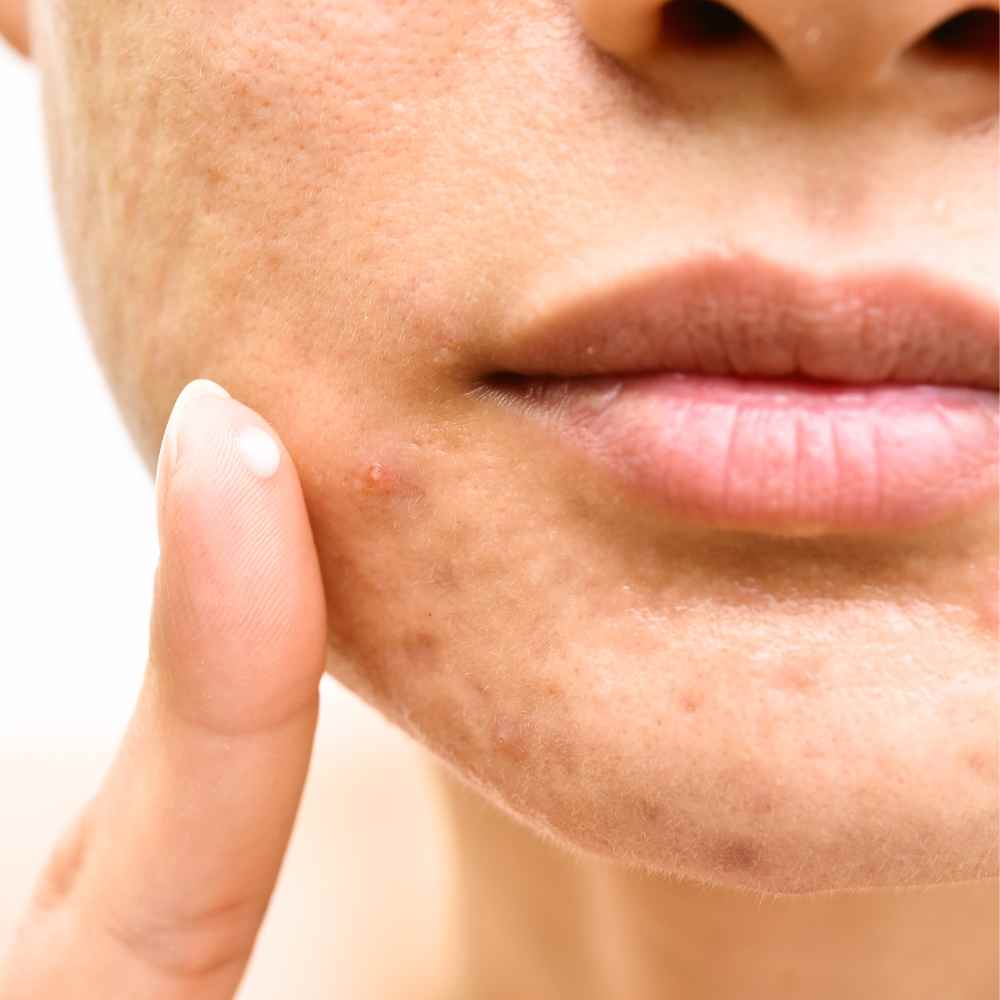
The Truth Unveiled
Drumroll, please! The truth is—azelaic acid does not cause purging! Yes, you read that right.
Unlike some other skincare ingredients where skin purging occurs, azelaic acid doesn't trigger an initial breakout.
Instead, it works its magic gently and effectively, without causing unnecessary drama on your skin. So you can get right down to business improving your skin
Understanding Purging
Now, let's delve into the world of purging to understand it better. Purging is often associated with exfoliating or skin cell turnover enhancing ingredients, like retinoids or alpha hydroxy acids (AHAs) that remove dead skin cells from your skin.
These ingredients can speed up the skin's renewal process, leading to the temporary release of trapped impurities and dead skin cells from clogged pores.
But remember, every skin reacts differently, and purging is not a given with every exfoliating product.
The Azelaic Acid Difference
Azelaic acid works differently from exfoliating ingredients. It doesn't increase cell turnover in the same way as AHAs or retinoids.
Instead, it primarily targets the acne causing bacteria and inflammation responsible for acne, making azelaic acid treatment an excellent choice for those dealing with blemishes.
The Skin Adjustment
While azelaic acid won't cause purging, some users might experience a mild adjustment period when incorporating any new skincare product into their routine.
This is simply your skin adapting to the new ingredient, and it should subside after a short period once your skin adjusts.
Benefits Beyond Breakouts
Purging concerns aside, azelaic acid has a treasure trove of benefits to offer. It's like the skincare genie that grants wishes for various skin concerns.
From reducing redness and calming inflammation to brightening the complexion, this acid does it all!
The Patch Test Precaution
As with any new skincare product, it's essential to conduct a patch test before diving into full-blown usage.
Apply a small amount of azelaic acid on a discreet area of your skin, like your inner wrist or behind your ear, and wait for 24 hours to see if any adverse reactions occur.
The Gradual Introduction
Once you've passed the patch test with flying colors, it's time to introduce azelaic acid into your skincare routine.
Start with a lower concentration and use it a few times a week to see how your skin responds. As your skin becomes accustomed to the magic, you can gradually increase the frequency.
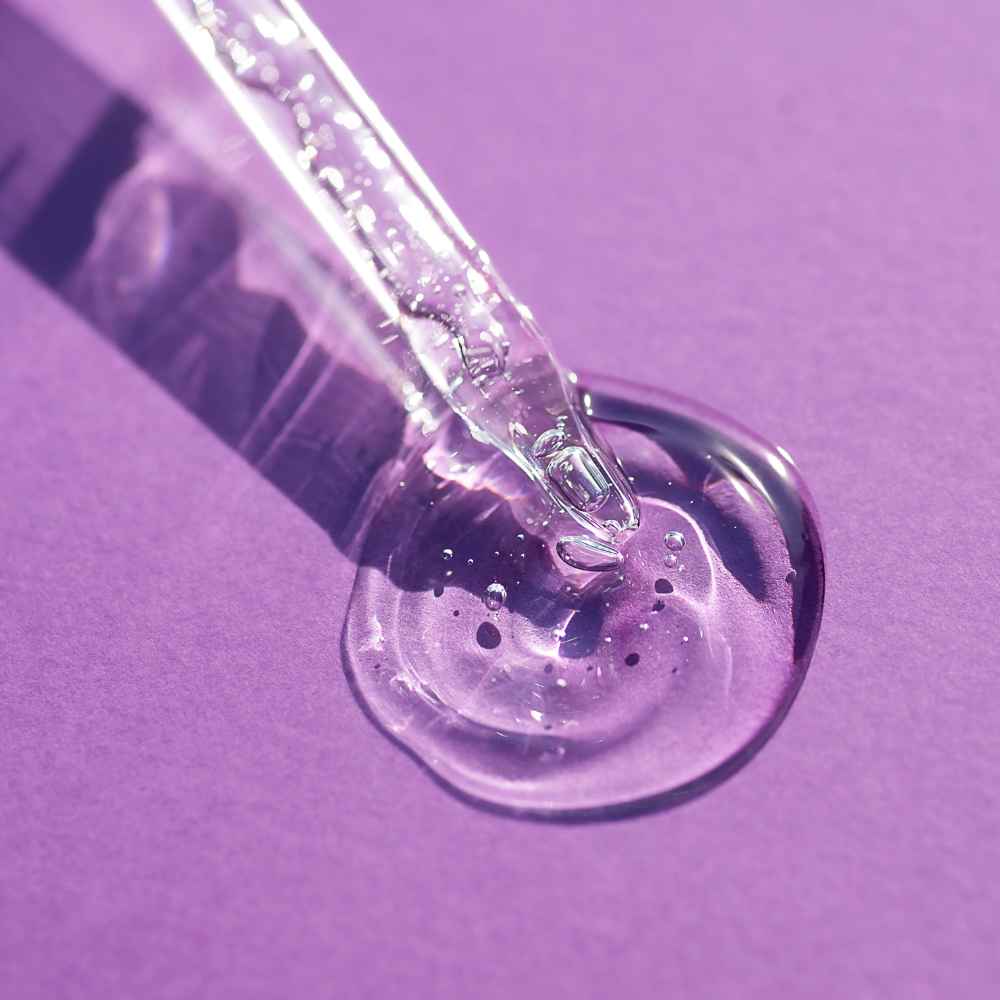
Choose Your Concentration
Ah, dear skincare enthusiast, you've stumbled upon an essential question in the realm of azelaic acid!
Azelaic acid products come in various strengths, catering to different skin types and concerns. Let's unlock the mystery behind the strengths of this enchanting acid:
10% Azelaic Acid
This is a commonly found strength in over-the-counter azelaic acid products. It's an excellent starting point for those new to azelaic acid and have sensitive or reactive skin. The 10% concentration offers the benefits of azelaic acid without being too harsh on the skin.
15% Azelaic Acid
A step up from the 10% concentration, 15% azelaic acid products provide a bit more potency for tackling blemishes, redness, and hyperpigmentation. It can be a suitable option for those with slightly more resilient skin or looking for enhanced results.
20% Azelaic Acid
For those seeking a higher strength, 20% azelaic acid products are available. This concentration can be beneficial for individuals with more stubborn skin concerns or those who have already acclimated to lower strengths of azelaic acid.
Prescription Strength Azelaic Acid
In some cases, dermatologists may prescribe azelaic acid in even higher strengths, ranging from 15% to 20%, or even higher.
These prescription-strength products are tailored to address specific skin conditions and are typically used under professional guidance.
Combination Products
Azelaic acid can also be found in combination products, where it is paired with other active ingredients like retinoids, alpha hydroxy acids (AHAs), or niacinamide.
These formulations offer a potent blend of ingredients that can target multiple skin concerns simultaneously.
Choose Your Fighter
Remember, choosing the right strength of azelaic acid depends on your individual skin needs, sensitivity level, and the specific issues you want to address.
It's always best to start with a lower concentration if you're new to azelaic acid and gradually work your way up, allowing your skin to acclimate to the magic of this wondrous acid.
If you're uncertain about the best strength for your skin, consider consulting a skincare professional or dermatologist for personalized guidance.
The Skincare Symphony
Remember, skincare is like a beautiful symphony, with each ingredient playing a unique role. Azelaic acid can harmonize wonderfully with other skincare products and serums, creating a balanced routine that works wonders for your skin.
Be sure to use a gentle cleanser and non-comedogenic moisturizer as part of your skincare routine. You may need a spot treatment product for any blemishes. And never go to bed wearing makeup!
The Final Verdict
So, there you have it - don't be fooled by online myths and rumors, because azelaic acid is the real deal! If you've been frustrated by persistent skin issues like acne or hyperpigmentation, then this gentle acid might just be your saving grace.
Azelaic acid can make a real difference to your skin's overall health and appearance, without causing any purging drama. While the results won't appear overnight, you will notice an improvement with regular use over time.
So go ahead and get acquainted with azelaic acid today – it really is magic in a bottle!



